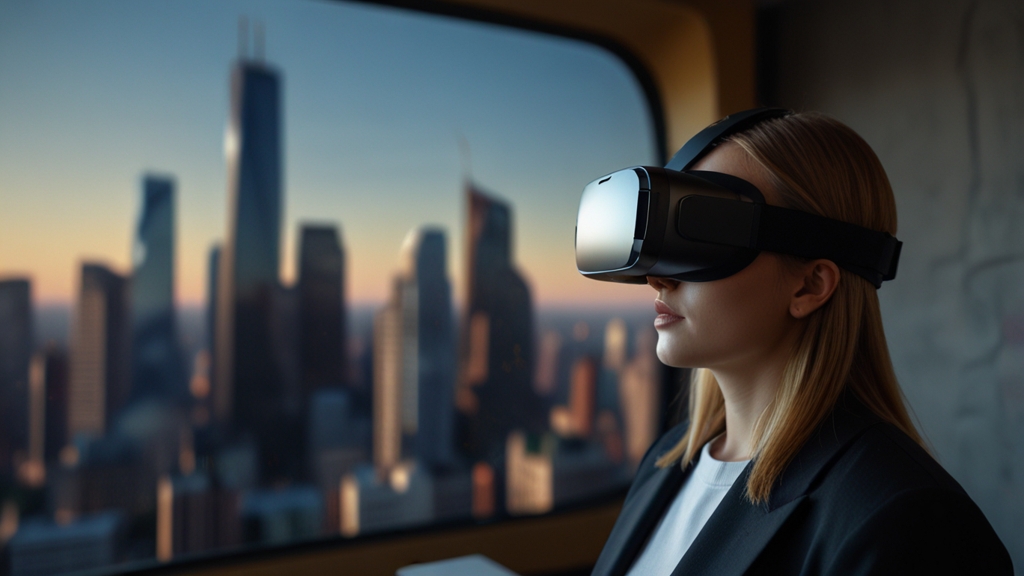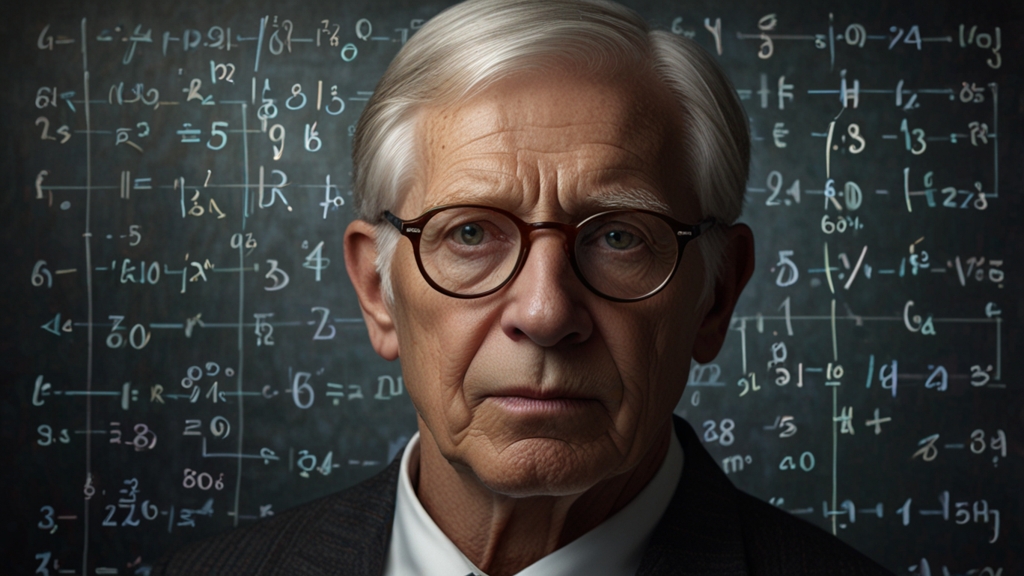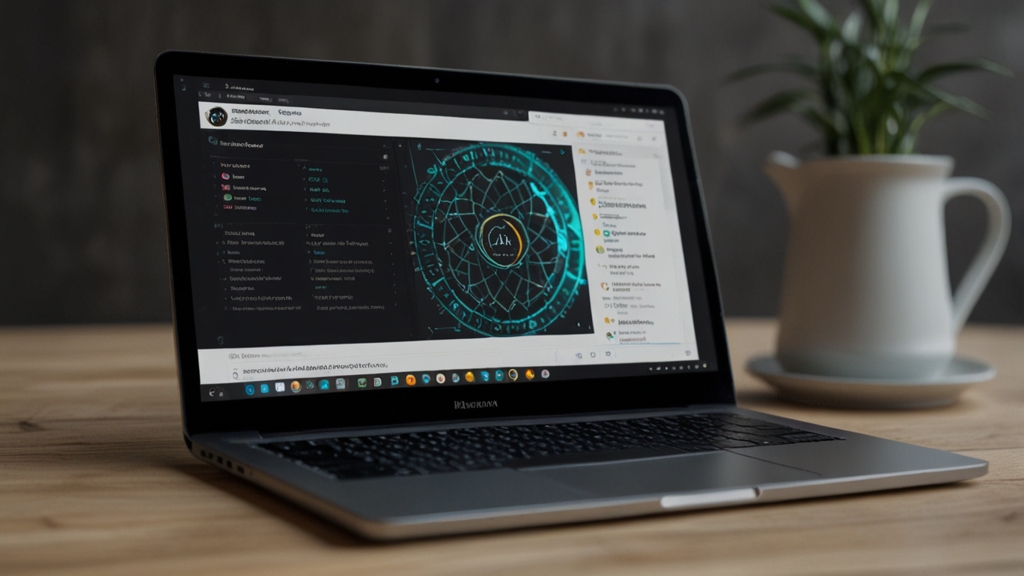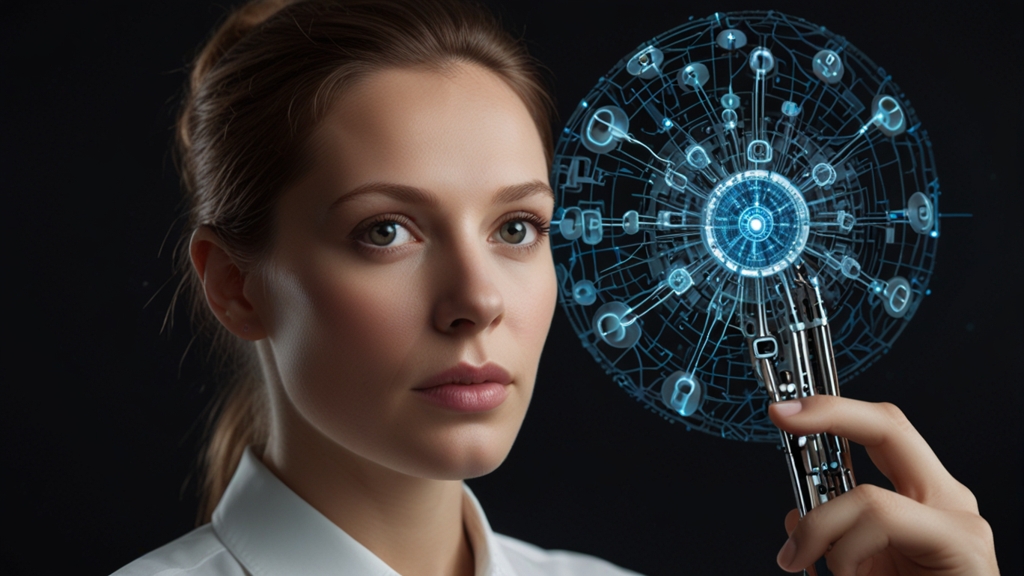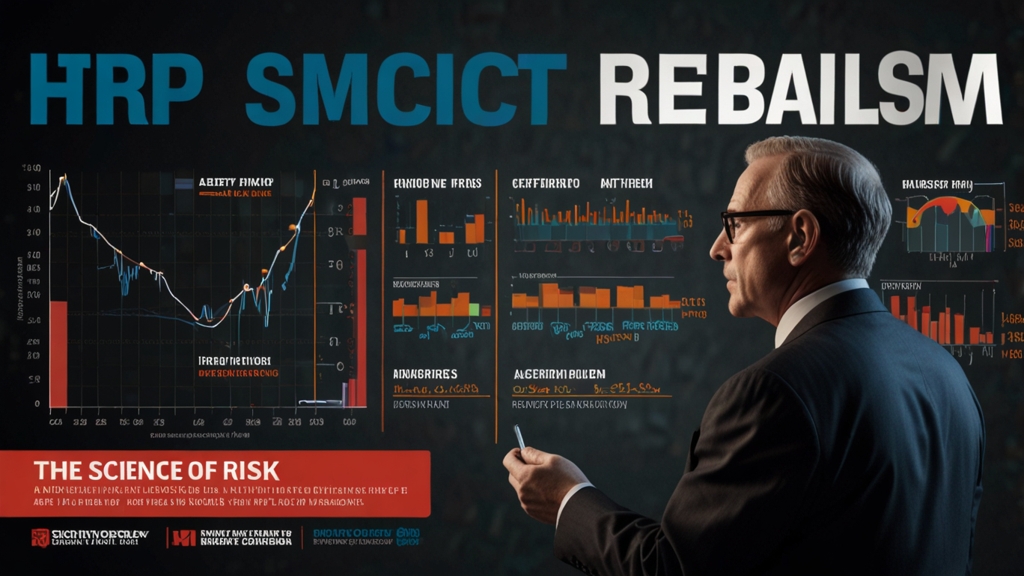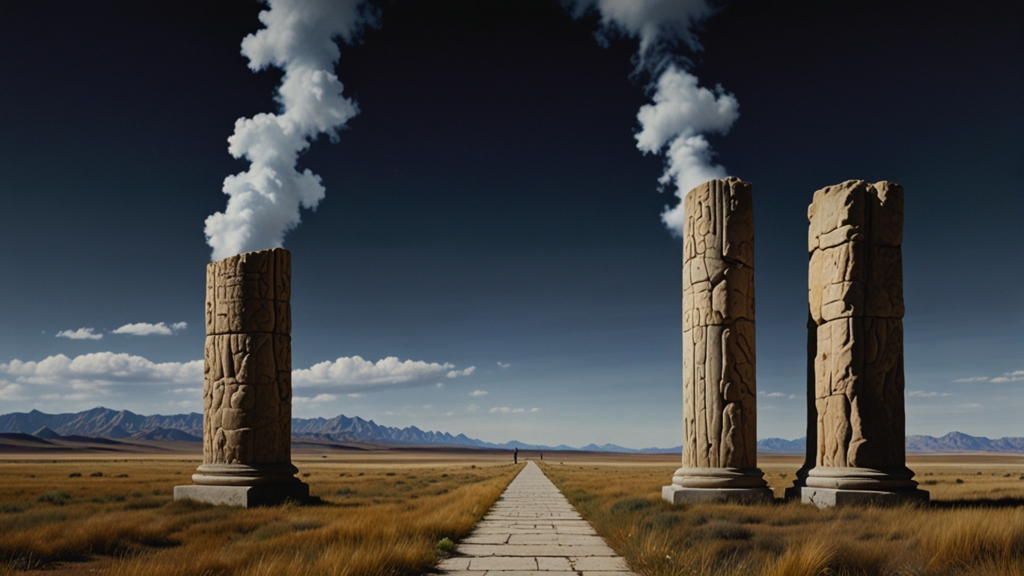Exploring Geometry in Virtual Reality: A New Dimension
Virtual Reality (VR) has emerged as a groundbreaking technology with the potential to revolutionize numerous fields. While its applications in gaming and entertainment are widely recognized, VR's capacity to transform educational experiences, particularly in the realm of geometry, is equally compelling. This article delves into the innovative intersection of geometry and virtual reality, opening up a new dimension in understanding spatial relationships and geometric concepts.
The Integration of Geometry and Virtual Reality
Geometry, the branch of mathematics concerned with the properties and relations of points, lines, surfaces, and solids, has always been a visually intensive subject. Traditional means of teaching geometry often rely on static diagrams and physical models. However, these methods can be limited in conveying the depth and dynamics of geometric concepts. Enter virtual reality—a medium that allows for immersive, interactive, and three-dimensional exploration.
"Virtual reality is the first step in a grand adventure into the landscape of the imagination." — Frank Biocca
Through VR, students can now interact with geometric shapes in a fully immersive environment. They can manipulate objects, observe them from different angles, and even enter into complex 3D structures. Such experiences facilitate a deeper understanding and retention of geometric principles.
Benefits of Using VR in Geometry Education
The use of VR in geometry education brings several benefits:
- Enhanced Spatial Awareness: VR allows students to navigate and manipulate three-dimensional geometric shapes, improving their spatial reasoning skills.
- Interactive Learning: Traditional static methods are replaced by dynamic, interactive experiences that engage students actively in the learning process.
- Conceptual Understanding: Complex geometric concepts become more accessible when students can visualize and interact with them in a 3D environment.
- Accessibility: VR can provide experiences that would be impossible to replicate in a physical classroom, making learning more inclusive.
Applications of VR in Geometry
Several applications highlight the transformative potential of VR in teaching geometry:
1. Virtual Geometric Constructions
In a VR environment, students can construct geometric shapes using virtual tools, much like traditional compass and straightedge constructions but with added dimensions and precision. This hands-on approach fosters an intuitive grasp of geometric principles.
2. Immersive Geometry Labs
Virtual geometry labs allow students to conduct experiments and explore properties of shapes in a controlled, dynamic setting. They can modify variables, observe outcomes, and draw conclusions in real-time, thereby enhancing their analytical skills.
"VR provides an unparalleled opportunity for students to experience mathematics in a whole new way." — Jane Doe, Mathematics Educator
3. Simulation of Real-World Applications
Students can explore how geometry is applied in various fields such as architecture, engineering, and art through VR simulations. By visualizing and interacting with real-world scenarios, they can appreciate the relevance and importance of geometric concepts in everyday life.
Challenges and Future Prospects
Despite its potential, integrating VR into educational curricula faces challenges such as high costs, the need for specialized equipment, and the requirement for comprehensive training for educators. However, as technology advances and becomes more affordable, these barriers are likely to diminish.
Looking ahead, the future of geometry education in VR is promising. As developers continue to create more sophisticated VR educational tools, the possibilities for enhanced learning experiences will expand. The synergy between geometry and VR not only enriches the educational landscape but also prepares students for a world where spatial reasoning and technological proficiency are increasingly important.
Conclusion
In conclusion, virtual reality is poised to add a new dimension to the study and teaching of geometry. By providing immersive, interactive, and dynamic learning experiences, VR has the potential to significantly enhance spatial awareness, conceptual understanding, and engagement in geometry education. As we continue to explore and innovate within this space, the marriage of geometry and virtual reality promises to unlock new frontiers in both learning and application.
